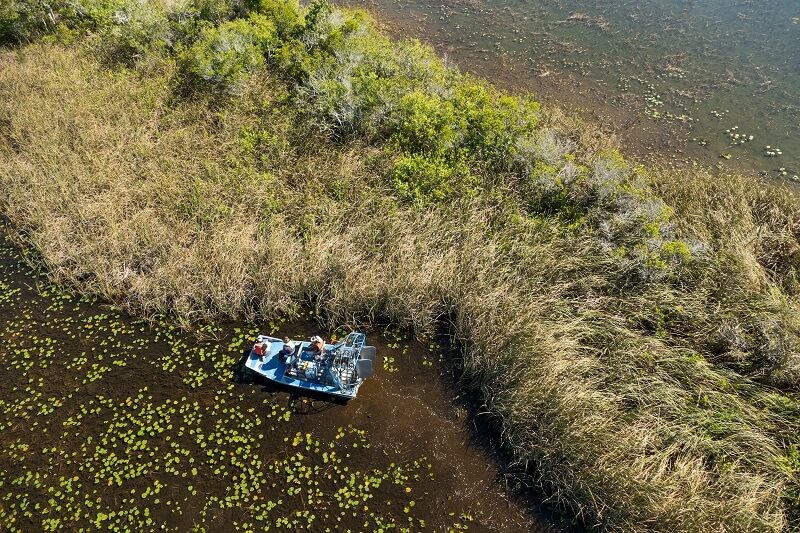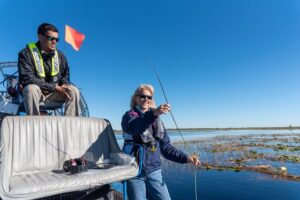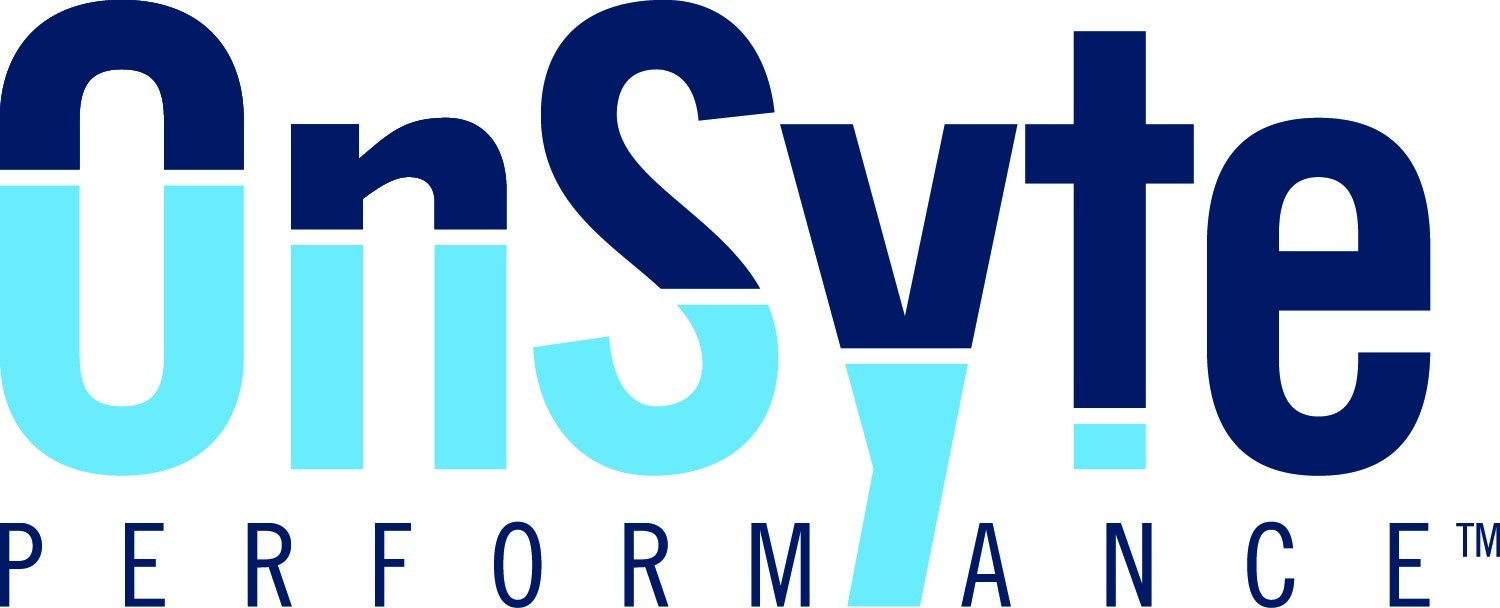BY Beth Hickenlooper
While thousands of motorists drive past it each day on Interstate 95, most passersby likely have little knowledge that one of Florida’s most ambitious restoration projects is quietly doing its work adjacent to the busy freeway.

(environmental scientist) mapping vegetation in the Upper St. Johns River Basin project
area. Photo courtesy SJRWMD
The project is the Upper St. Johns River Basin project, one of the largest and most comprehensive water body restoration efforts in the state, if not the world. In 1977, the St. Johns River Water Management District and the U.S. Army Corps of Engineers (USACE) began this long-term project to revitalize the St. Johns River’s 2,000-square-mile headwaters basin.
The goals: to reduce flooding risks, improve water quality, reduce harmful freshwater and nutrient discharges to the Indian River Lagoon, provide for water supply, and restore or enhance wetland habitats. Extra project benefits include recreational opportunities created among the many District conservation areas along the river in Brevard and Indian River counties.
Unlike other major flood control projects around that world that have relied on dams or similar structures, the District and USACE took a “semi-structural” approach designed to use the natural water storage capabilities of wetlands to reclaim and restore approximately 166,500 acres of floodplain marsh.
Planning for this $250 million project began in 1977, with implementation between 1988 and 2016. Throughout the project area, water control structures and new construction were kept to a minimum. Dikes were fortified and agricultural drainage routes re-directed to treatment reservoirs to improve water quality and enhance the marsh system. Under maximum storm conditions, the project is designed to hold 500,000 acre-feet of water — enough water to cover the 200,000-acre project with an average of 2.5 feet of water.
The project has proven itself time and again. The restored marshes have stored flood waters during Hurricanes Matthew in 2016 and Irma in 2017, and as recently as October 2022 when Hurricane Ian flooded the District’s 39,000-plus acre River Lakes Conservation Area at the river’s headwaters. In drier times, water stored within the wetlands has been released to augment Lake Washington, the City of Melbourne’s water supply.

Basin project area, conducting a count of apple snail eggs. Apple snails are the primary
food source of the endangered snail kite, which live in the river’s headwaters region. Photo courtesy SJRWMD
The results of District staff’s dedication and restoration work has received accolades on the world stage.
An Australian river advocacy organization awarded the International Thiess River Prize to the District and USACE in October 2008, recognized the project as a modern model of floodplain management, balancing the needs of the river with people’s needs. In August 2016, the Florida Engineering Society highlighted the project as a “Project of the Century,” presenting project engineers with an Excellence in Engineering award. The Association of State Wetlands Managers featured the project as one of the nation’s top wetland restoration projects in a 2019 series of case studies in its Healthy Wetlands, Healthy Watersheds report.
These honors for the District’s work have also served as a roadmap for other entities, with benefits of the upper basin project reaching beyond the region. In fact, the upper basin has served as a model for Florida Everglades restoration. Likewise, environmental groups, engineers and government entities from around the world have visited the District’s project area to see the results first-hand. With so much interest in this successful restoration, District staff organized a consortium about five years ago to share information and project updates with others engaged in similar projects.
Some of the project’s management has created habitat that provides hunters and anglers world class opportunities. Anglers are likely familiar with the fishing at the Stick Marsh, Farm 13, Headwaters Lake and the Fellsmere Water Management Area, all District-owned properties managed as part of the upper basin. Similarly, duck hunters may know the hunting opportunities at the T.M. Goodwin and Broadmoor Waterfowl Management Area, which is managed by the Florida Fish and Wildlife Conservation Commission for the District.
While the upper basin’s major restoration was completed in 2016, the District’s work there continues.
For example, the District’s Governing Board approved the upper basin 2021 Environmental Water Management Plan, which is an addendum to USACE’s Final Water Control Manual. This plan outlines the practices needed to address the distinct water needs and levels for healthy wetlands in each of the areas within the upper basin.
Staff continue to monitor the basin’s long-term health and adapt management practices as needed, as well as work collaboratively with other partner agencies to determine causes of emerging environmental threats to the region and offer and implement solutions. One of the district’s recent projects is working with the Florida Department of Environmental Protection to determine and quantify new sources of nutrients entering the river’s headwaters.

























